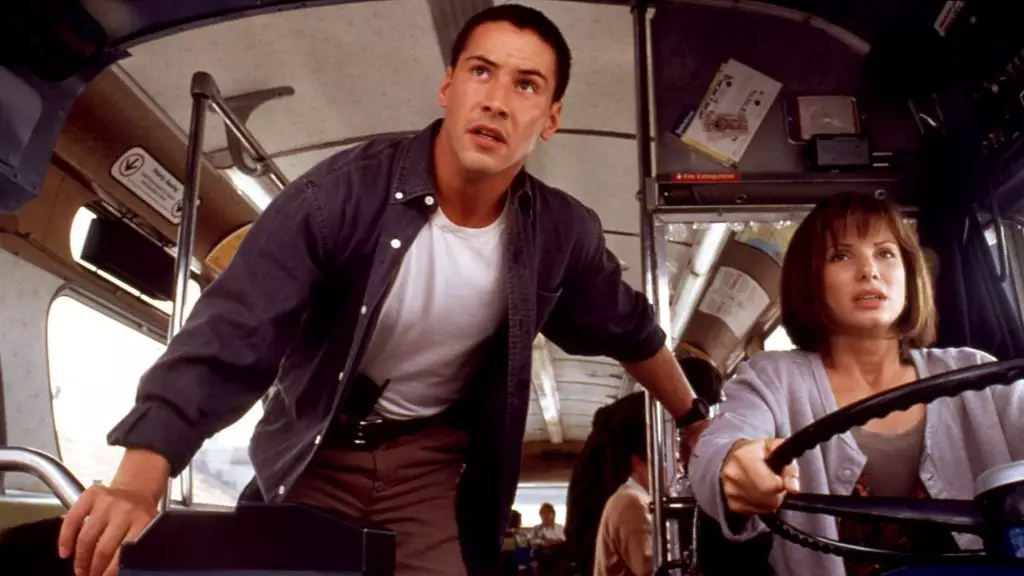The cinematic landscape of the 1990s was undeniably shaped by high-octane films, and “Speed,” directed by Jan de Bont, remains a standout classic in this genre. Recently, the film commemorated its 30th anniversary with a nostalgic gathering at Beyond Fest, featuring the original stars, Keanu Reeves and Sandra Bullock. As the two reminisced about their exhilarating experiences filming “Speed,” an unexpected revelation emerged about the intense reality of certain scenes. Reeves, recalling a particularly chaotic moment where the bus crashed through numerous cars, humorously pointed out that they were “a little under-informed” about the stunt’s specifics. This candid acknowledgment highlights the raw tension and unpredictability that frequently accompanies action filmmaking, especially in a film celebrated for its relentless pace and thrilling sequences.
Behind the Wheel: The Double Life of Action Stars
Bullock’s reflections on her role in “Speed” provided further insights into the film’s daring production. While she held the reins, so to speak, of the bus during filming, the reality was that a professional driver operated the vehicle, with Bullock merely pretending to steer. This unique behind-the-scenes dynamic reveals a sophisticated approach to action filmmaking, where safety and performance are meticulously balanced. The stress of high-speed chases, with the added pressure of genuine vehicle crashes, made for a learning curve that exposed the actors to unforeseen challenges. While Bullock humorously celebrated her Santa Monica bus driver’s license, it was clear that the multifaceted demands of her role created a blend of authenticity and careful choreography.
The Legacy of Speed in Popular Culture
“Speed” was not just another action movie; it became a cultural phenomenon that left a lasting impression in Hollywood and on audiences worldwide. With a gripping plot centered around LAPD officer Jack Traven, portrayed by Reeves, racing against time to defuse a bomb on a city bus, the film’s premise captured the imaginations of millions. The complex interplay between Reeves and Bullock’s characters propelled the story forward, demonstrating that even under the harrowing threat of explosion, human connection remains paramount.
Despite the success of “Speed,” its sequel, “Speed 2: Cruise Control,” met with mixed reviews, largely due to the absence of Reeves, whose chemistry with Bullock was a major draw in the original. The dialogue around potential future installments of the franchise remains alive, with Bullock expressing doubts about the current industry’s willingness to take risks on such projects. This consideration of industry dynamics serves as a barometer for how sequels are viewed today, with studios often hesitating to invest in concepts that require significant emotional weight and star power.
As audiences reflect on the heart-pounding moments and compelling performances that defined “Speed,” it’s clear that both the actors and the crew navigated a treacherous line between cinematic thrills and real-life danger. The precarious nature of filming such high-stakes sequences not only elevated the film but also offered substantial lessons in filmmaking and collaboration. While Hollywood evolves, the legacy of “Speed” endures, reminding us all of the thrill of cinema and the profound connections that can emerge from shared experiences in the face of chaos.


Leave a Reply